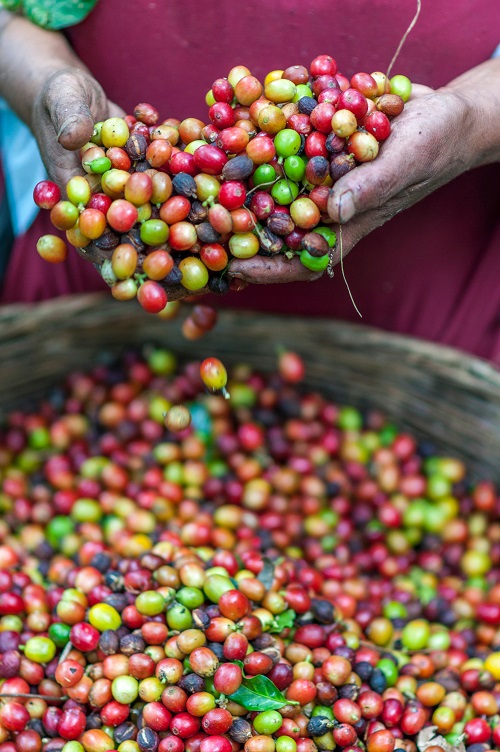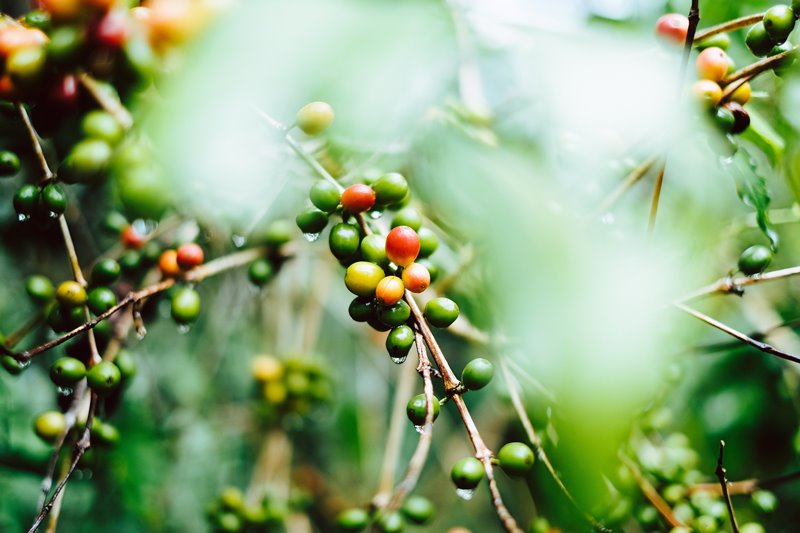Coffee Processing:
From a plantation to your coffee shop
One of the in-depth but essential parts of your online barista training is learning about coffee and the coffee bean. In this article, you will read about coffee processing.
A barista needs to know how coffee is processed because it impacts coffee flavor, aroma, and other coffee drink characteristics. This will help us understand its flavors, aromatic nuances and help us tell each coffee's story to our customers.
Various factors impact how coffee tastes: from the coffee's origin to the processing and brewing method. Location, picking, and roasting also add to the tasting profile of your coffee.
There are two main species of a coffee tree:
- Arabica
- Robusta
Arabica coffee produces nearly all of the world's finest coffee, while Robusta coffee produces heavy-bodied but neutral-tasting coffee used in various blends. Robusta coffee, making up for more bitterness in taste, packs more caffeine than Arabica. It has been argued that since Robusta contains more caffeine, it is naturally bitter.
There are also several hybrid varietals. Some farmers can have over 15 different coffee varietals at their farm, while others are dedicated to only one tree type. For the record, there are other species, but never-to-rarely served in specialty coffee shops in the United States.
Where Does the Coffee Grow?
Arabica coffee flourishes in tropical climates in altitudes between 2000 and 7000 feet. Coffee plants should receive plentiful rain while the fruit forms and abundant sun when the fruit gets ripe. Higher altitudes slow the development of the coffee fruit. Such coffee plants have denser and harder beans, which display more acid flavor characteristics.
Like all other plants, coffee trees can suffer from leaf rust. This can be a real tragedy for coffee farmers and lead to the loss of harvest.
Usually, one shrub produces about one pound of green coffee beans. Coffee cherries are picked 3-4 times during harvest. Only ripe, juicy fruits can reveal the full potential of a coffee varietal. There are always green and overripe fruits on the same branch with ripe fruits. That's why hand-picked coffee is considered to be the best.
Online Barista Training: What is Coffee Processing?
 A coffee fruit has to go a long way to become a coffee bean. The processing of a coffee bean includes stripping the fruit away from coffee beans and then drying it out. Mistakes in processing can affect coffee flavor.
A coffee fruit has to go a long way to become a coffee bean. The processing of a coffee bean includes stripping the fruit away from coffee beans and then drying it out. Mistakes in processing can affect coffee flavor.
- The dry method is the oldest way to process coffee. The fruit is picked and immediately put in the sun to dry. The flesh of the fruit becomes dry and black and is later removed by machines. Many of them serve as blend fillers, but some of them rank as the world's finest, for example, Ethiopia Harrar, Yemen Mocha, and Brazil'ss best dry-processed coffees.
- The wet method is the most common way of coffee processing today. The fruit is removed before the coffee is dried. Most specialty coffees are wet-processed.
The Difference in Coffee Processing
In the wet method, the fruit is separated by density in streams of running water. Next, pulping machines squeeze the ripe fruit. After this, the fresh beans sit in their juices for 12-48 hours.
Then the beans are rewashed and sorted by weight. After the beans are dried out, their parchment skin is removed by machines. Then the seeds run through vibrating screens. Next, the more giant beans are separated from others. After this, the beans are subject to another screening by density.
Very often, color sorting is used, which means the final selection by hand and eye.

Brought to you by Barista Training Academy,” “The Beginning Barista,” Your Ultimate Prep Guide to Getting Your First Job as a Barista” is an ultimate resource that is available online and is affordable for anybody who is looking to start a career in the coffee industry. For more information, visit our blog.




